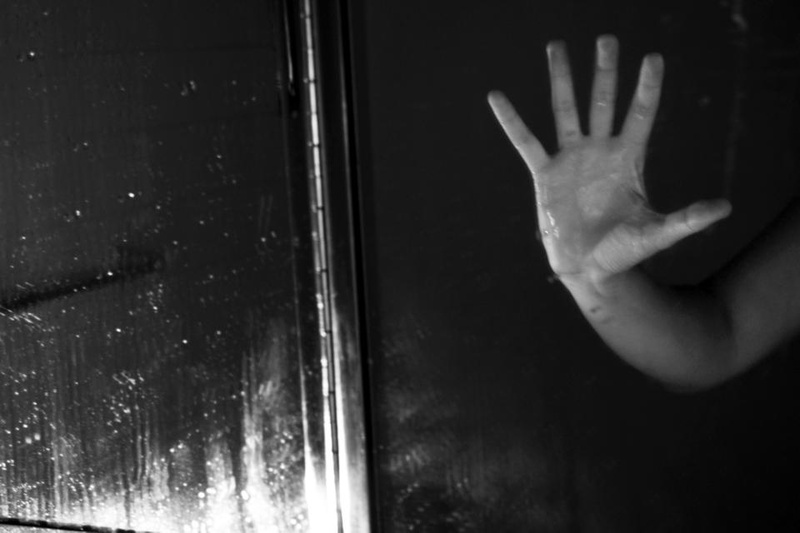On the night of September 7th, moisture was running down the wrong side of the walls of the event hall in the Student Organization Center at Hilles, more colloquially known as the SOCH. A couple sniffs, disconcertingly enough, revealed the source of the moisture was not rain but the prespiration of the students at the Rush Hour dance.
Perhaps until the next round of renovations of the SOCH are underway, the walls of the event hall will break out in a fragrant and disturbingly visible sheen annually for Rush Hour. Hosted by the Asian American Brotherhood, the Black Men’s Forum, the Black Students’ Association, and the Chinese Students’ Association, Rush Hour usually packs the hall with students: good for the organizations’ publicity, unfortunate for those pressed up against the drenched glass.
At least Rush Hour attendees can now take a breather and wring out their hair in the recently renovated first-floor lounge of the SOCH. The underlying purpose of the renovations—to increase student accessibility and use of the SOCH—raise questions about how the design of party spaces on campus shapes the Harvard social dynamic and the factors that influence where Harvard students choose to spend the dark hours of their Saturday nights.
GOOGLE GLAMOUR
The SOCH building does not usually entertain the type of crowd attracted by Rush Hour; students on campus or in river houses do not tend to be enthusiastic about trekking up to the Quad for any reason. Though the SOCH has always been spacious and airy, prior to the 2012-13 school year the first floor lobby looked like a conventional office lounge, complete with dully colored plastic chairs and the occasional pile of cardboard boxes in the corner.
If the lobby area still resembles an office area, that office is in the headquarters of Google or another corporate campus: the kind of office where it is acceptable to play Tetris at your desk or bring your cat to work. Two brand-new high-definition televisions hang on opposing walls of the lounge, while a pristine kitchen area whispers of endless opportunities to nick unsuspecting students’ leftovers. If thievery doesn’t appeal to you, new vending machines, including a Starbucks coffee machine, offer a more dignified route to sustenance, while the community hall has been remodeled to look like a meeting space rather than a study room.
“[The student vision] was about making the space unique, especially because of that geographical barrier to the quad in general,” UC President Daniel P. Bicknell ’13 says. “We wanted to draw students from the [Yard] as well as from the River.”
Changes to the event hall are less noticable than those to the lounge but just as significant. “While the student houses have spaces, usually dining halls, where dances and parties are held, the SOCH event space is probably unique as a dance floor with its disco lights and built-in AV equipment,” project architect Eric Ward of Einhorn Yaffee Prescott Architecture & Engineering wrote in an email. “The adjacent living room area, with its quiet seating and games, will also be a great amenity as a break-out space for a dance event.”
In fact, the new aesthetic of the event hall is comparable to that of a popular nightclub, according to Anna M. Remus ’13, a club promoter and DJ manager.“
This is actually pretty common in a nice club,” Remus says as we walk through the remodeled areas of the SOCH, tapping the floor of the event hall with her foot. “The floor will either be wood or this kind of linoleum. And the whole statement color, black-and-grey thing is pretty common.”
But there isn’t much else the SOCH has in common with a nightclub; even if Rush Hour packed the house, the new design lacks a classic feature of nightlife spots. “With this space, there’s no cut-off or anything. There’s nowhere for people to ‘hide.’” Remus says, taking in the new event hall. “In a normal club, you’ve got either a balcony or a second floor, or multiple rooms that can be opened up. Sometimes there’s a VIP section, or little alcoves--things like that. Here, everything’s out there all at once.”
It’s true: not everyone wants a large number of people to see what exactly they’re doing at all times at a college party. Large, open, and undivided rooms can be reminiscent of a 7th-grade dance. “They have so much map and logo stuff everywhere that it kind of feels like you’re going to a middle school thing,” Remus says as we leave the lobby, which bares a floor map and is emblazoned with the SOCH’s logo. She also notes the visible office rooms in the lounge.
Architects, administrators, and students all agree that the new space is attractive, versatile, and dynamic. “The renovations have definitely made the SOCH more appealing. [The renovations] were about trying to brand the SOCH as a versatile space capable of holding events, being a study space, and having that cafe vibe,” Bicknell says. “You basically can do whatever you want in that space, and that’s a huge advantage. It’s unlike any other space on campus.”
Though the space has many functions, the desire to facilitate student parties is an undeniable concern of the renovations. “The new Event Hall includes substantial speakers and subwoofers, party lights, dance floor, and curtains,” wrote SOCH manager Doug Walo in an email since he declined to be interviewed by phone or in person. “These enhancements were all a direct response to student feedback on the challenges students faced running parties in that space in the past.” I chose to explore the party spaces we know and love on campus to see how the SOCH measures up; if the architecture of the SOCH is supposed to have a large impact on its success as a social space, then the architecture of the party spaces we already frequent is something to be investigated.
PUREL SHOTS
Read more in Arts
Fall Brings Horror and Blood













